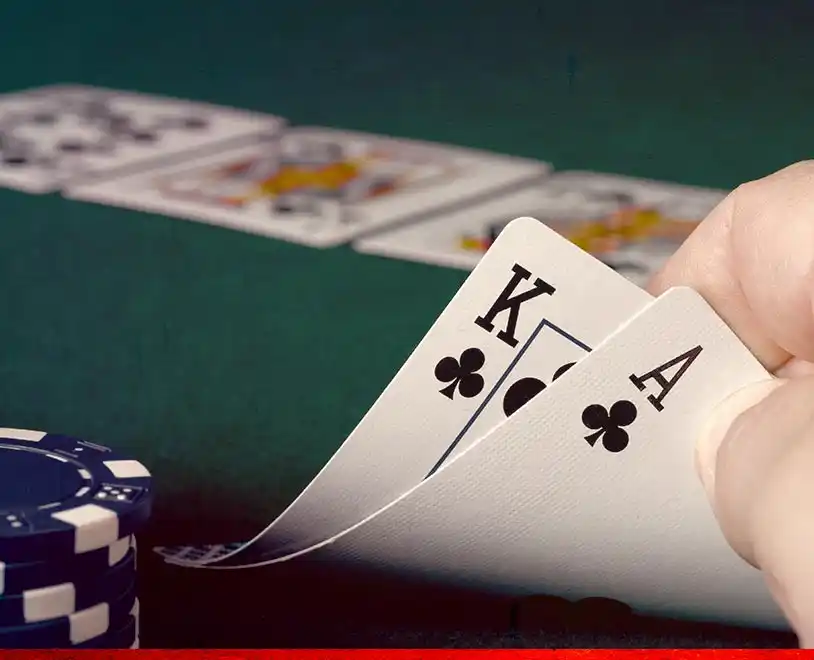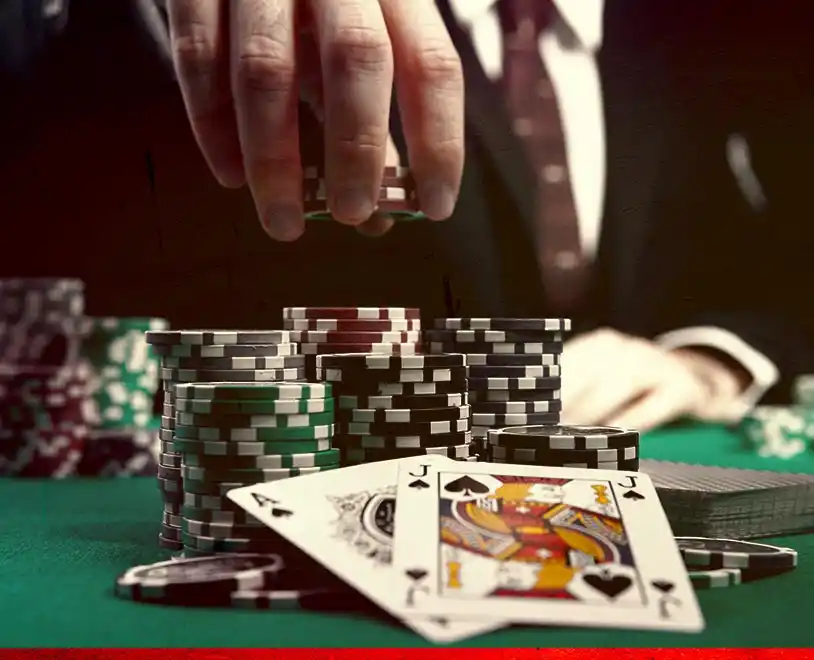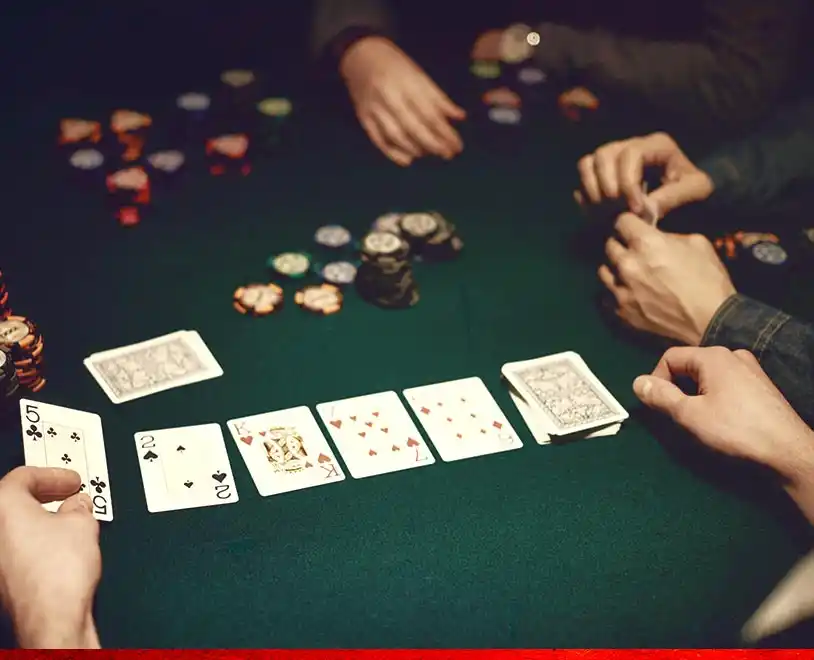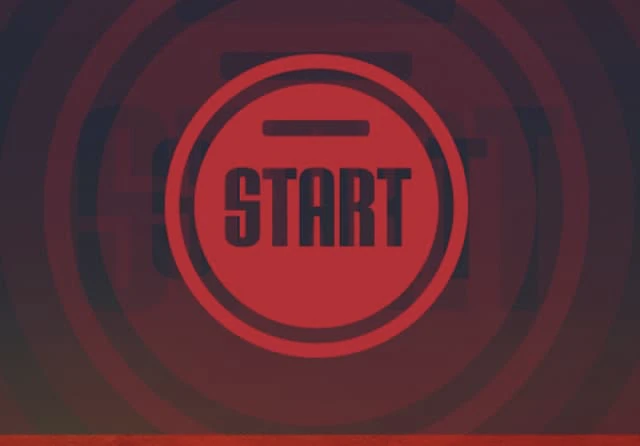
Download Poker
You’ve definitely played poker at some point in your life. But chances are, maybe you haven’t played online poker. Well, brace yourself, because you’re in for a real treat.
Right now, as you read this, literally millions of people are online playing poker – some for money, some for the thrill of the game. This poker guide for beginners will show you the couple things new players ask us about the most here at Ignition:
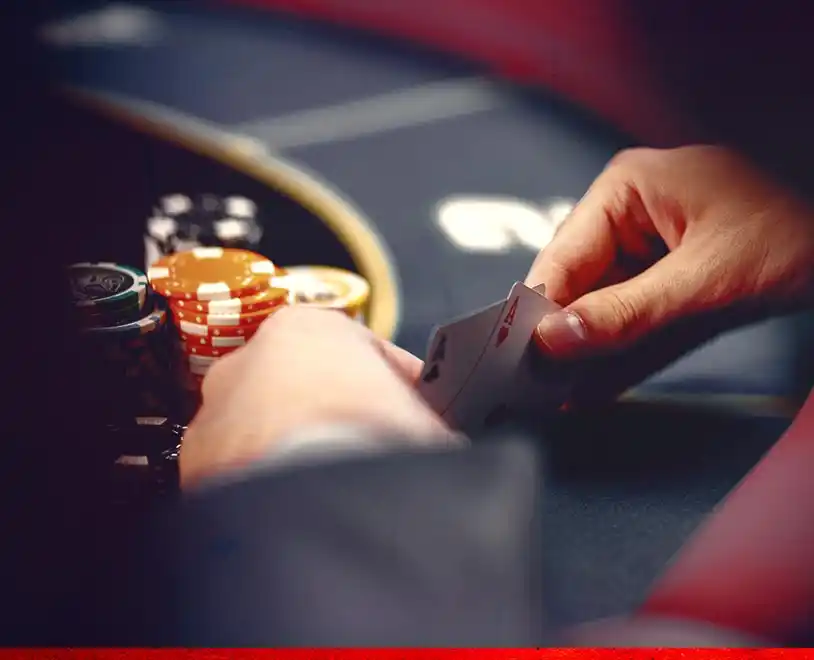
These are very serious things to think about. Any time you’re learning a new online game, you’re starting pretty much from scratch. You’re not going to know how to play the game at first, but it’s ok no one should expect you to at this stage. Everyone sucks when they’re just starting out, making the wrong moves and constantly getting owned, (as in dominated) by experienced players. The trick to getting through this awkward stage as quickly as possible is to learn the basic fundamentals of poker strategy.
On the bright side, it doesn’t take much to ditch your beginner status. Not everyone can become the next Phil Ivey or Fedor Holz, but if you follow our guide to poker for beginners, you can become one of the better players at your table in a relatively short time. Think about martial arts; it only takes a couple of classes to learn how to defend yourself, and if you go on to earn your yellow belt, you can deal with just about anyone you’ll ever bump into.
For this beginner’s guide, we’re going to assume you already know the basic rules of poker. If you don’t, make sure to read our game guides (How to Play Texas Holdem | How to Play Omaha | How to Play Omaha Hi-Lo). Then try a few hands of “play money” poker until you’ve got the rules figured out and you’re ready for the real deal.
Otherwise, let’s get you started by giving you the most important poker tips you’ll ever learn – none more important than this first tip:
“Scared money don’t make none”
If you’ve got money to burn, there’s nobody stopping you from jumping in right away at the highest stakes you can afford. But we’d advise against it anyway. Figuring out the right moves when you’re a beginner is a lot harder when you’re under pressure, and the more money you have on the table, the more pressure you’ll be putting on yourself. There’s a good chance you’ll make passive choices in spots where you should be more aggressive, or maybe vice versa, depending on your personality and your bankroll. Chances are it’ll be the former, but you’ll get pwned either way.
The best defense against this is to play for the smallest stakes possible: pennies. When you come to the poker table and plop down $2 worth of chips (or even less), you don’t have to worry too much about losing your stack. You can make whichever moves you want – you can even make really, really bad plays on purpose, just to see what happens. This is the best way to learn poker. Plus, you’re not going to meet too many end bosses at the lowest stakes. It’s mostly Goombas and Koopa Troopas when you’re at Level One.
Here’s another great thing about learning poker: The most important decisions you’ll ever make at the table are also the simplest. Everything begins with choosing whether or not to enter the pot. This choice depends on the cards you’ve been dealt, what position you’re sitting at, the way your opponents play, and how many chips everyone has – among other things. As a beginner, you can focus mostly on your cards and your position, then make adjustments as you learn and grow.
Your decision to enter the pot may seem trivial when there’s hardly any money on the table. What about all those giant pots on the river, after all the community cards have been dealt? Those are important, too, but your journey to the river begins pre-flop, with your two (or four) hole cards. If you make a good choice now, you’ll be more likely to succeed on the river. If you make a bad choice now, you’re more likely to get pwned.
So which cards should you start with? Whichever game you’re playing at Ignition, remember to start with only your strongest hands when you’re in early position, then gradually open more hands as you get closer to the blinds. It’s always better to be in position when you play poker, meaning you get to act last after seeing what your opponents do. If you’re under the gun and first to act pre-flop, there’s a good chance you’ll get called or raised by someone else before the action gets to the blinds. Then you’ll be out of position post-flop. It has to happen sometimes; when it happens, you want the strongest hands possible.
As you get around the table from under the gun to the button (the last player before the blinds), your chances of being out of position post-flop decrease, so you can risk opening a wider range of starting hands. The button is always guaranteed to be in position post-flop, making it the best position at the table; you’ll make more money from the button than anywhere else in your poker career. As a rough guide, most experienced players will open about half of the time when they’re on the button – using the top 50% of hands, that is.
Things change once you’re in the blinds. The small blind is the worst position at the table since you’re guaranteed to be first to act post-flop. If the action folds around to you in the small blind, consider opening with a somewhat tighter range than you would on the button – even though you only have one player behind you instead of two. Even the big blind gets position on the small blind, and position is that important.
If you’re in the big blind, you’d really like everyone else to fold and let you win the pot in a walk. But since you’ve already been forced to bet 1bb, if someone does open-raise, you only have to chip in another 1.5bb or so to call that bet. That makes it worth defending your big blind with a wide range of hands, especially when the open-raiser is in late position. You might lose these hands more often than not, but if you fold too much, you’ll lose even more money than you would by calling with hole cards that have at least some hope of drawing to decent hands. Those hole cards should include a boatload of suited connectors and near-connectors, even something as low as Five-Deuce suited in Texas Hold’em.
As you can tell by our recommendations for starting hands, you’re going to be folding a lot when you’re at the poker table. Folding is your friend and should be treated like your best friend when you’re just starting out. The biggest mistake made by players of all skill levels is getting involved in pots they shouldn’t, just because they want the action. Don’t let this happen to you. As a beginner, remember this truism: Losing a stack hurts you twice as much as winning a stack helps you. Fold in marginal situations until you get really good at poker.
When it’s your turn pre-flop and nobody has entered the pot yet, you have three decisions: raise, call, or fold. The raise, in this case,, is an open-raise over the big blind, which is considered a bet, and the call is for exactly the price of that bet. New players – and most intermediate players, for that matter – are recommended to open-raise for around 2.5bb (meaning 2.5 big blinds) if they want in. When you open-raise, you have the opportunity to win the pot uncontested if everyone else folds. Limping will allow the big blind to stay in the pot, and others will probably join in, too. Anything that complicates your poker life is not worth it when you’re a newbie.
With that in mind, calling pre-flop is also usually a bad idea for new poker players. It’s fine if you’re in the big blind, of course, and if you’re on the button, you can consider calling with some medium-strength hands. Otherwise, if someone else open-raises in front of you, either raise or fold. Your raise here is called a 3-bet, and it’ll get people to fold most of the time. If the open-raiser 4-bets you, stick with the game plan and either 5-bet or fold, provided you have enough chips to do so. A 100bb stack in cash games should be deep enough for you to 5-bet jam, where you put all the rest of your chips in the middle and force your opponent to call or give up. Don’t chicken out; you have leverage here since your opponent can’t make you fold.
This folding dynamic cannot be understated. In his ground-breaking 1979 book Super/System, Doyle Brunson gave up the big secret to winning poker: Be aggressive. Anytime you make an aggressive move in poker, either by entering the pot first or firing in a raise, you have two ways to win the pot: by having the best hand, or by getting your opponents to fold. Every bet you make should ideally have one (or preferably both) of these two end-goals in mind. If you’re unlikely to achieve one of these goals, you’ll probably want to use that Fold button.
Aggressive play is your best option post-flop, too. As you navigate the streets from pre-flop to flop, turn and river, you’re climbing further and further up the decision tree, and things get really complicated up there. Make things easier for yourself by using a standard bet size of 2/3 pot on every post-flop street, and again, try to be in position as often as possible.
You’re not going to want to bet willy-nilly, though. If you’ve got a strong hand, and it stays strong with every community card that’s dealt, then great – keep betting on every street. If you have a medium-strength hand, plan on betting the flop, checking back the turn, and either calling on the river or betting yourself when your opponent checks. If you have a weak made hand, only go for one street of value, usually with your continuation bet on the flop. And lastly, since you’re a beginner, don’t try bluffing just yet. Save that for when you’ve got the basics figured out.
They say in poker that you should play your opponents, not your cards. That’s an exaggeration, but it contains a lot of truth; a play that works well against one opponent might be exactly the wrong decision against someone else. It’s not easy to “read” your opponents and figure out their strategies when you play online, but if you’re at a table and you see someone is opening almost every hand, chances are they’re a loose player who will often have something weak that you can attack. Conversely, someone who opens very few hands is probably a tight player, and you can assume they have something strong when they enter the pot.
Poker players also tend to fall into those passive and aggressive tendencies that we mentioned earlier. Once you start getting the hang of it, try putting your opponents into one of four quadrants: loose-passive, loose-aggressive (LAG), tight-passive, and tight-aggressive (TAG). Then, play as many pots against loose-passive players as possible compared to the other three types. That’s where most of your poker winnings will come from.
f you’re playing cash poker at Ignition, it’s easy enough to automatically top up your stack to 100bb – but when you do, make sure to keep track of your session so you don’t end up losing more money than you expected. Set a stop-loss of 2bb so that you don’t get too deep into a losing session. However, if you’re playing an online poker tournament, you’re going to be dealing with different stack sizes a lot. And once you get down to around 10-15bb, you’ve got two good options left: shove, or fold. Your stack is so small at this point if you open-raise and someone else jams, it’s pretty much a disaster for you. Keep your leverage and shove first, putting the onus on your opponents to either call or fold.
Deciding the right move in poker is all about probability. As a beginner, you should take time to study the different probabilities that come up in poker, like how often you will make a set on the flop when you’ve been dealt a pocket Pair (answer below). Then, when you’re in the middle of a hand, you can compare those odds to your pot odds, i.e. the ratio between the size of the pot and the size of your potential call. For example, if you think a call has a 50% chance of working, you should be willing to call up to a pot-size bet in order to make that play profitable in the long run – and everything in poker is about the long run.
Read more on Pot Odds: 20 Basic Texas Hold’em Odds (Every Poker Player Should Know)
Chances are you’re going to be playing Texas Hold’em when you play online poker at Ignition. This is the most popular poker game in the world and has been since around the late ‘90s. Hold’em is also the simplest of the three “flop” games you can play at Ignition, with every player getting dealt two hole cards instead of four. Here are five basic Hold’em moves you can start working on your arsenal right away.
Before people started getting better at poker, it was considered impolite to check-raise; some old-timey casinos even had rules against “sandbagging” your opponents. When you’re first to act and you check out of position, your opponents are likely to put you on a weaker hand, since you didn’t lead out with a bet. They’ll feel confident enough to bet a wide range of hands after you check – and that’s where you spring the trap with a hefty check-raise. Make it a uniform pot-size raise for now, and do it with very good hands until you’re experienced enough to start running some bluffs.
This is a classic pre-flop Hold’em move that you can consider anytime you’re dealt a pocket Pair that’s not strong enough to 3-bet. The idea is to call and hope to make Three of a Kind on the flop. Your chances of completing a set are around 7.5-to-1, so you need to make sure your opponents have enough chips in their stacks for you to win at least 7.5 times as much money as you’re putting in with your call. Actually, make it 20 times as much just to be safe, since you’re not always going to get paid off when you make your set.
In poker speak, a “light” bet is when you bet with a wider range than normal. It’s still a value bet as opposed to a bluff, but you’re doing it with a hand that’s less than premium. This can be an effective move against players who open too liberally. If the bottom of your normal 3-bet range in a certain spot is Ace-Ten offsuit, but you’re dealing with one of these loose-passive opponents, try 3-betting with Ace-Nine offsuit as well.
This is a special play that you can use in tournament poker when you’re running out of chips. If someone open-raises and you’re thinking about jamming out of position, but you’d really prefer not to be called, you can slow down by calling that open-raise – then jamming once the flop is dealt, no matter what three cards come out. Your opponent just might fold if they don’t like the flop, whereas they were almost certain to call your short pre-flop jam.
We’d recommend staying away from bluffs when you’re starting out, but it’s important to start getting comfortable with the concept. A semi-bluff is an aggressive play, either a bet or a raise, that’s done with a marginal made hand that also has some promise of drawing to a bigger hand. For example, in Hold’em, you could 3-bet pre-flop with a baby suited Ace – that’s anything between Ace-Deuce suited and Ace-Five suited. These hole cards aren’t as strong pre-flop as your bigger Aces, but if you happen to get called, you can still make the nut Flush or even the wheel (an Ace-to-Five Straight) post-flop.
This might sound nerdy, but bust out your notebook and jot down your observations and plays. It’s always good to track your sessions. Then you can review the plays you and your opponents made, and get a deeper understanding of what happened. Ultimately, this is the only way you’ll be able to tell if you made the right play or not. If you won the hand and scooped the pot, you might have just gotten lucky, and sometimes, you’ll lose the pot even after making the right play. Never judge your poker skills by your results.
There’s a bucket-load of strategies, tips, and facts to learn about poker if you want to make the journey from beginner to intermediate player and beyond. But for now, these fundamentals are by far the most important things to get straightened out. Learn them at your own pace, don’t be afraid to make mistakes, and most importantly, enjoy yourself. Poker is a game, after all. Play only when you want to play – there will always be another game waiting for you at Ignition Poker. See you on the felt.
